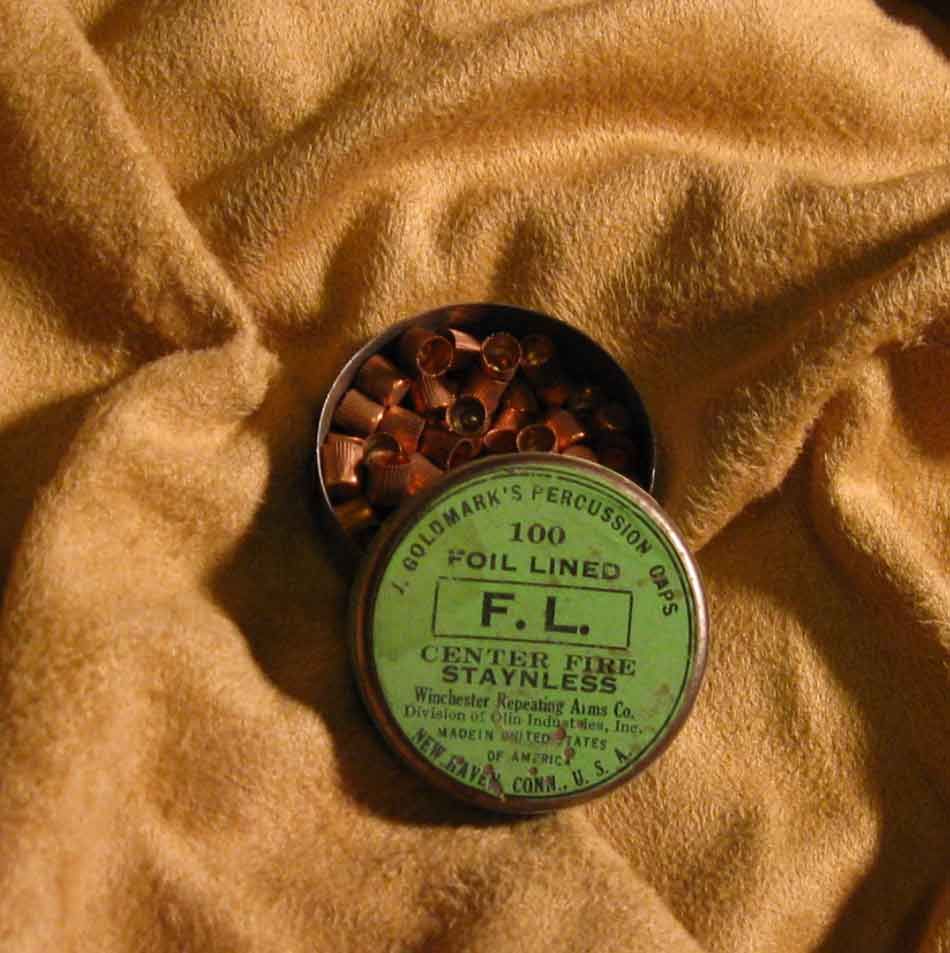duelist1954
40 Cal.
- Joined
- Jun 27, 2011
- Messages
- 430
- Reaction score
- 72
One question I get asked all the time is, "If modern made Colt replicas suck off spent caps into the action, why don't you read about that happening with the originals?"
That is a great question, and I never really had a good answer. I wondered if 19th century cones were different...just didn't know.
I think now I do know why.
Once again it comes down to polishing and de-burring.
I used to fill the hammer safety slot with J-B Weld to stop cap sucking, though it didn't fix every gun, but there's a better way.
On the Dance and Brothers revolver, I de-fanged the safety slot. I de-burred it inside and out. I broke the razor sharp edges and I slightly rounded the two points at the bottom face of the slot.
The result, zero cap sucking without installing Slix Shot nipples.
Why didn't original Colts suck caps? Because there weren't a bunch of rough, sharp edges on the safety slot.
I'm going to apply this fix to a few other C&Bs and see if it works on them, but I think this is the solution.
I'll do a video on the subject when I'm done testing.
That is a great question, and I never really had a good answer. I wondered if 19th century cones were different...just didn't know.
I think now I do know why.
Once again it comes down to polishing and de-burring.
I used to fill the hammer safety slot with J-B Weld to stop cap sucking, though it didn't fix every gun, but there's a better way.
On the Dance and Brothers revolver, I de-fanged the safety slot. I de-burred it inside and out. I broke the razor sharp edges and I slightly rounded the two points at the bottom face of the slot.
The result, zero cap sucking without installing Slix Shot nipples.
Why didn't original Colts suck caps? Because there weren't a bunch of rough, sharp edges on the safety slot.
I'm going to apply this fix to a few other C&Bs and see if it works on them, but I think this is the solution.
I'll do a video on the subject when I'm done testing.






